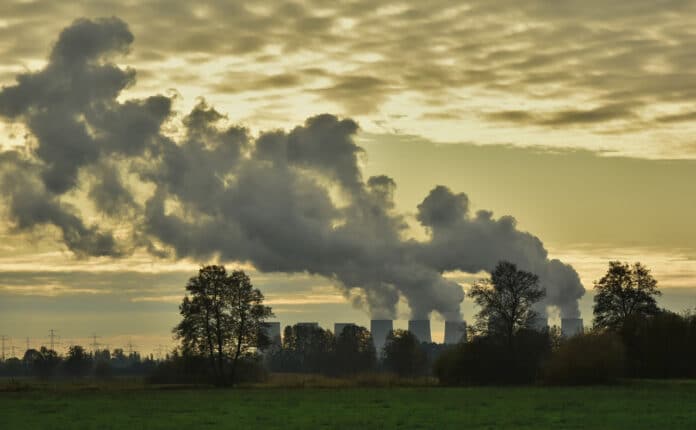Fine particulate matter (PM2·5) is a leading risk factor for premature mortality and morbidity worldwide. According to a Global Burden of Disease Study, outdoor air pollution (including ambient particulate matter) was estimated to cause 6·67 million premature deaths in 2019.
A lack of pollution monitoring stations globally for air pollution has meant a lack of data on local, national, regional, and global PM2.5 exposure. A new study by Monash University has provided a map of how PM2.5 has changed across the globe in the past decades.
Only 0.18% of the world’s land area and 0.001% of its population are exposed to PM2.5 levels below the safety levels advised by the World Health Organization, according to a world-first study of daily ambient fine particulate matter (PM2.5) across the globe.
In contrast to Europe and North America, where daily levels have decreased in the 20 years leading up to 2019, levels have increased in Southern Asia, Australia, New Zealand, Latin America, and the Caribbean, with levels above the safe limit occurring on more than 70% of days worldwide.
To more precisely estimate PM2.5 concentrations globally, the research team used conventional air quality monitoring data, satellite-based meteorological and air pollution detectors, and statistical and machine learning methods.
Professor Yuming Guo, from the Monash University School of Public Health and Preventive Medicine, said, “In this study, we used an innovative machine learning approach to integrate multiple meteorological and geological information to estimate the global surface-level daily PM2.5 concentrations at a high spatial resolution of approximately 10km ×10km for global grid cells in 2000-2019, focusing on areas above 15 μg/m³ which is considered the safe limit by WHO (The threshold is still arguable).”
The study finds that throughout the study’s two decades, yearly PM2.5 concentrations and high PM2.5 exposure days declined in Europe and northern America. In contrast, exposures increased in southern Asia, Australia and New Zealand, and Latin America and the Caribbean.
In 2019, only 0·18% of the global land area and 0·001% of the global population had an annual exposure to PM2·5 at concentrations lower than 5 μg/m3, with more than 70% of days having daily PM2·5 concentrations higher than 15 μg/m3. Distinct seasonal patterns were indicated in many regions of the world.
It also reveals:
- Despite a slight decrease in high PM2.5 exposed days globally, by 2019, more than 70% of days still had PM2.5 concentrations higher than 15 μg/m³.
- In southern and eastern Asia, more than 90% of days had daily PM2.5 concentrations higher than 15 μg/m³.
- Australia and New Zealand had a marked increase in the number of days with high PM2.5 concentrations in 2019.
- Globally, the annual average PM2.5 from 2000 to 2019 was 32.8 µg/m3.
- The highest PM2.5 concentrations were distributed in the regions of Eastern Asia (50.0 µg/m3) and Southern Asia (37.2 µg/m3), followed by northern Africa (30.1 µg/m3).
- Australia and New Zealand (8.5 μg/m³), other regions in Oceania (12.6 μg/m³), and southern America (15.6 μg/m³) had the lowest annual PM2.5 concentrations.
Based on the new 2021 WHO guideline limit, only 0.18% of the global land area and 0.001% of the global population were exposed to an annual exposure lower than this guideline limit (annual average of 5 μg/m³) in 2019.
The unsafe PM2.5 concentrations also show different seasonal patterns, “including Northeast China and North India during their winter months (December, January, and February), whereas eastern areas in northern America had high PM2.5 in their summer months (June, July, and August).
Relatively high PM2.5 air pollution was recorded in August and September in South America and from June to September in sub-Saharan Africa.
Scientists noted, “The study is important because it provides a deep understanding of the current state of outdoor air pollution and its impacts on human health. With this information, policymakers, public health officials, and researchers can better assess the short-term and long-term health effects of air pollution and develop mitigation strategies.”
Journal Reference:
- Wenhua Yu, Tingting Ye et al. Global estimates of daily ambient fine particulate matter concentrations and unequal spatiotemporal distribution of population exposure: a machine learning modeling study. The Lancet. DOI: 10.1016/S2542-5196(23)00008-6
